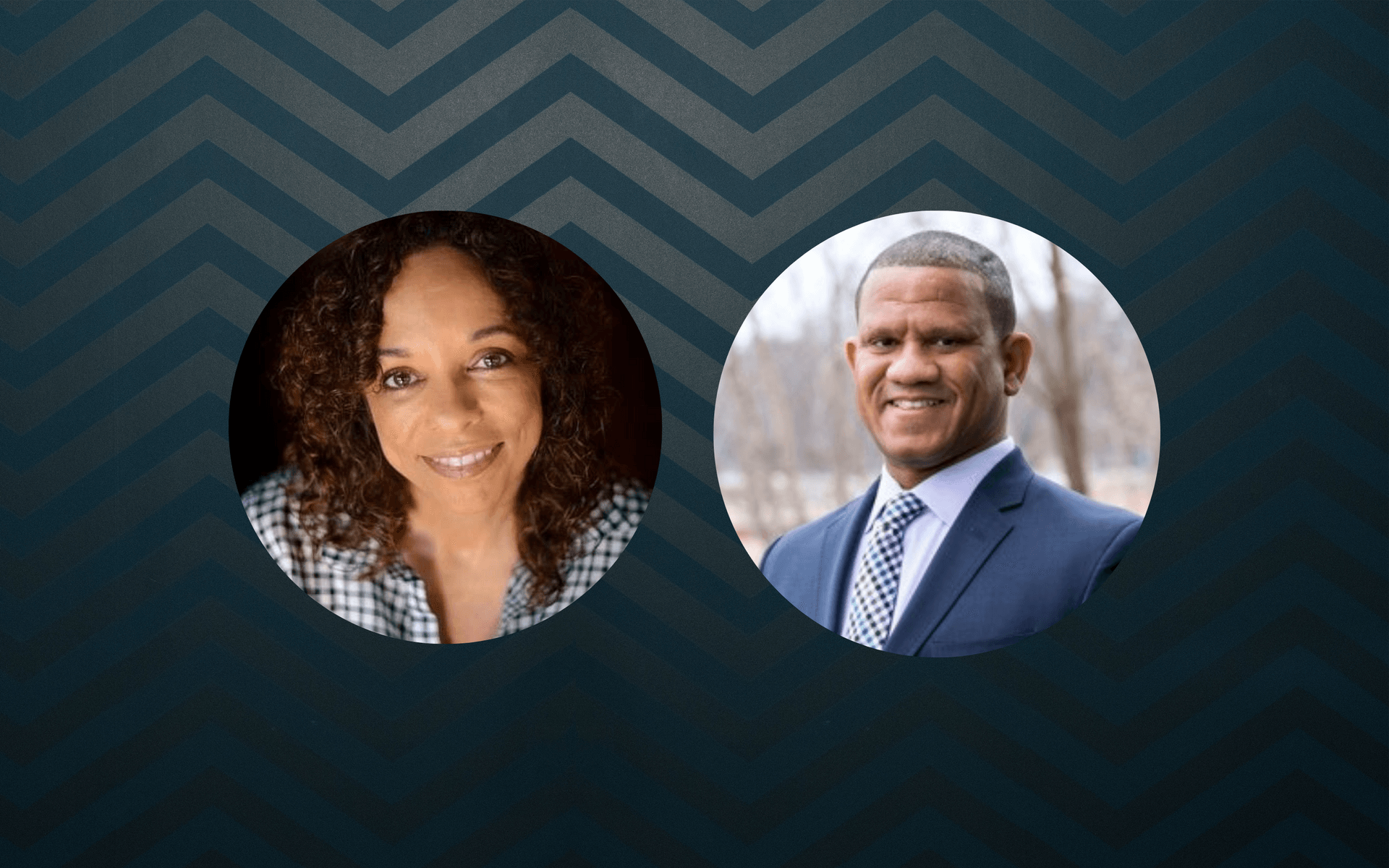Partner Spotlight
Webinar Recap: How to Lead on Racial Equity
Written by Natalie Williams on Oct 6, 2020
Related content: Diversity And Inclusion

Last week, GetSmarter, a 2U, Inc. brand, hosted a LinkedIn live event titled “How to Lead on Racial Equity: Turn dialogue into action.” Ellen McGirt, senior editor at Fortune Magazine and the brilliant mind behind Fortune’s RaceAhead newsletter, was joined by Dr. Alvin Tillery, founding director of Northwestern University’s Center for the Study of Diversity and Democracy and associate professor of political science, to discuss what it means to promote racial equity and achieve statistical parity in organizations.
Ellen and Professor Tillery set the foundation for the hour-long conversation by sharing that when we talk about what it means to promote racial equity, it’s important first to know what key concepts we need to undo. And that’s institutional and systemic racism, racism that’s embedded in our culture and organizations.
“Racial equity is an ideology that affirms that all people, regardless of their racial-ethnic group identifications, skin color, or physical traits, deserve an equal opportunity to experience wellbeing in a just society...Racial equity requires both a transformation of systems and racial healing.” - Professor Alvin Tillery
Professor Tillery believes that confronting racial inequities involves taking the focus off individual action and putting the focus on the systems. By doing so, you can create a racial equity framework that is presentist—where you’re doing the right things in your organization to promote equality now—and also backward-looking.
A racial equity framework should benefit everyone
A holistic framework should ensure that your organization treats all it’s employees, suppliers, and customers fairly and does not discriminate or exploit existing racial inequalities.
So, where do you begin? The first thing to consider when designing a framework is to establish a rhythm of conducting racial equity audits within the organization and when reviewing B2B partners, says Professor Tillery. Business practices and models that profit off systems built prior to enactment of civil rights laws in the 1960s should be reshaped to ensure corrective growth. And racial equity programs should devote most of their attention to populations that are underrepresented and marginalized, which leaders need to understand will be disruptive.
Normalize conversations around racial differences within your organizations
We have to do the work to normalize and prioritize these conversations in order to better acknowledge people’s individual experiences and differences, and then identify where systemic changes are critical. Organizations will benefit from this as millennials become the majority of the workforce and rate racial equity high on their priority list when considering their potential employers.
It's the responsibility of leaders to commit to advancing workers from underrepresented and marginalized groups until their organizations reach statistical parity.
Why you should be collecting data
Ellen raised the important question about the role data plays in diversity, equity, and inclusion conversations. While data doesn’t typically move resistors, it will move most people, says Professor Tillery. Data can be used as tools to inform and drive meaningful conversations within organizations and also provide a rallying point for organizations that are committed to racial equity to work together, making the data more powerful than simply sharing it on a website. Professor Tillery notes that data should be curated in ways that drive organizational goals, and collectively, it can drive societal goals.
Another important question Ellen raised was about how leaders will know if they’re on the right track. How do you measure racial equity? While the work is not simple, the answer lies in another question: How close are you to statistical parity?
Resilience in the face of change
Professor Tillery’s closing advice was to take time to nurture your spirit and then get back in the trenches and nurture this democracy because it’s the best system we’ve got. Pace yourself, and don’t try to tackle this alone. Align yourself with people doing this work and who know how to help you, be it consultants, community leaders, or scholars. Find your fellow travelers—no single individual within an organization can move the dial by themselves. Find the place where you can have an impact and become part of the solution.
To witness the powerful conversation that took place between Ellen and Professor Tillery, watch the LinkedIn live here.
To learn more about Professor Tillery’s Northwestern University short course, "Leading Diversity, Equity, and Inclusion," visit this link: www.getsmarter.com/courses/us/northwestern-university-leading-diversity-equity-and-inclusion-online-short-course
Latest.
Learn more about us.
At 2U, we’re on a mission—to eliminate the back row in higher education and help universities thrive in the digital age. To learn more about who we are and what we do, follow the links below.